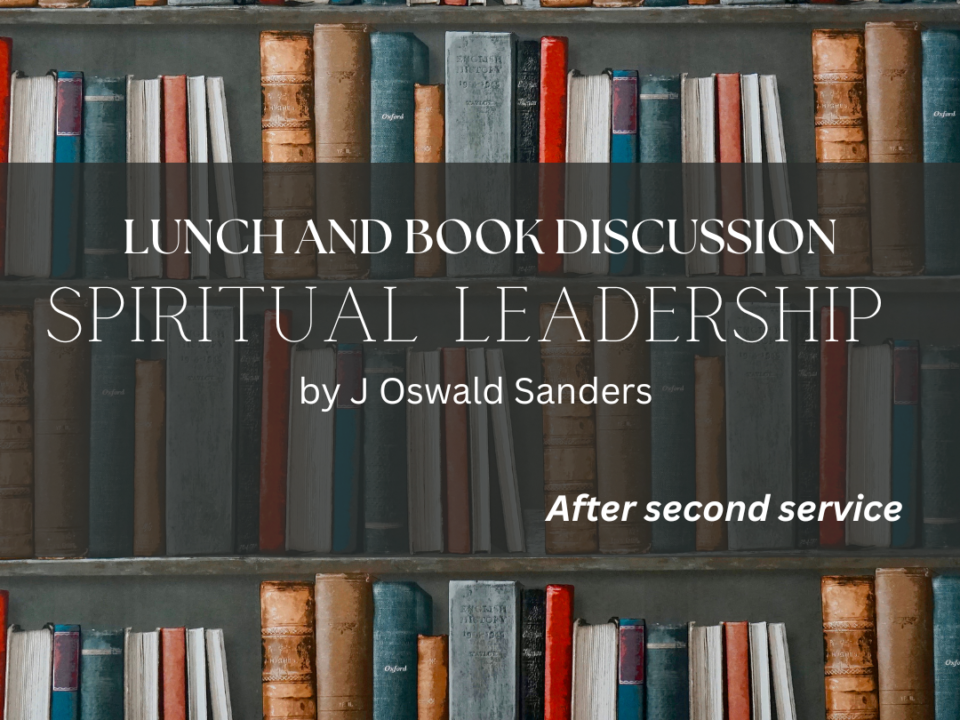
Our Story
February 25, 2020
DRC Reads “Spectacular Sins” by John Piper
March 10, 2020Last Sunday we finished a short sermon series on “Embracing God’s Word” where we looked at the importance of embracing the Bible as authoritative, inspired, inerrant and infallible. We also talked about how God illuminates our hearts to its truth and understanding.
We talked about the fact that there are at least three ways to read/study your Bible.
1st – The “Random Flip & Read” Method – this is when you pick-up your Bible, flip through the pages and pick any verse or passage at random to read. (While quick and easy – it’s not really the best way to go about it.)
2nd – The “Start at Beginning” Method – this is when you start on page one and read the Bible just like any other book, from front to back. (While this is a bit more organized, and it will tell the story of redemption – there is still a better way.)
3rd – An “Interact and Ask Questions” Plan – This is when you ask questions and dig out details and helpful applications as you read the passage. There are many “interactive plans” to try.
One is known simply as “S.O.A.P.” It’s explained like this:
S – Scripture: Write out the passage. If you read a large section, write out the verses that speak to you the most.
then
O – Observe: Ask – What do you see? What stands out? What didn’t you notice before? Is there repetition, comparison, or contrast?
then
A – Application: Ask, How does this apply to my life? What is God saying to me? How can I employ what I have just read? What changes do I need to make? What actions do I need to take?
then
P – Pray: Ask God to work these truths and challenges into your life. Ask God to make the truth now comprehended in your head a truth that is realized in your heart.
Another plan we can call the “10 Dig & Reveal” Questions. After you read the passage, work though these 10 questions:
- What do you learn about God the Father?
- What do you learn about Jesus?
- What do you learn about the Holy Spirit?
- Is there a promise to claim?
- Is there a command to obey?
- Is there a sin to avoid?
- Is there an example to follow?
- What principle can you draw from something you read?
- What practical application can you practice this week?
- What prayers are you prompted to pray from this reading?
Depending on your passage, there may not be answers to some of these questions. That’s okay! The purpose is to learn and not just do a “fill-in-the-blanks” homework assignment.
The last plan will take the most effort, but also might be the most helpful. We’ll call it the “Inductive Study” method. As you read the passage, work through these 7 points:
- Background & Setting?Who is the author? Why was it written? Learn the historical background, dates, key people, etc. Some Bibles have summaries of each book that provide this information. Online Bible resources and commentaries are also very helpful.
- Paraphrase: Write out each verse or section in your own words. This helps you grasp each verse in wording that makes more sense to you.
- Questions & Answers?Write down and then answer any questions you have about the passage or any confusing terms.
- Cross References?Make a note of any similar or related passages that come to mind while you’re reading or asking questions. Consult a concordance, study guide, or included footnotes to read any related passages.
- Insights?If you have any spontaneous thoughts about the passage, write them down. Consult a Bible commentary for additional insight.
- Applications?How does this apply to my life? What is God saying to me? What changes do I need to make? What actions do I need to take?
- Summarize:After completing a section, give it a title and identify a key verse(s). Write a short summary of each chapter.
So this month, take some time to open your Bible, give it a read and try one of these plans to interact with God’s Word. You will be glad you did.




